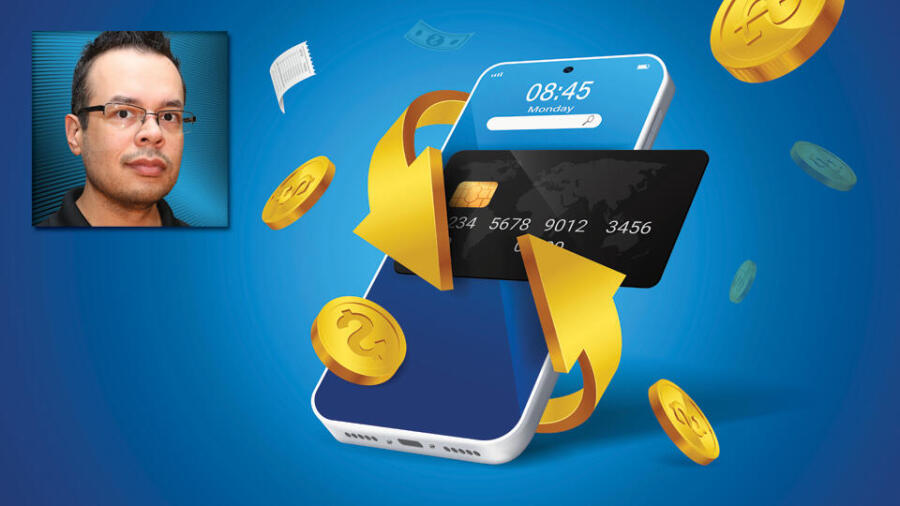It’s no secret that chargebacks can be a major pain point for business owners. Not only do they lead to lost profits, but they can also increase the risk of fraud and damage customer relationships. As a business owner, it’s important to understand what chargebacks are and how to prevent them.
Chargebacks: The Basics
The biggest key to preventing chargebacks is ensuring customer satisfaction through excellent service and a positive experience.
A chargeback is a process in which a customer disputes a charge on their credit card statement and the credit card issuer reverses the transaction. Chargebacks can occur for a variety of reasons, such as fraudulent activity, mistaken purchases or a customer’s dissatisfaction with a product or service.
When a chargeback occurs, the merchant is typically responsible for paying the amount of the chargeback, plus any associated fees. This can be a costly expense for businesses, especially if chargebacks occur frequently.
The Impact of Chargebacks on Businesses
Not only can chargebacks lead to financial losses, they can also create operational issues such as increased customer service requests, delays in payment and difficulty with managing inventory.
In addition, chargebacks can damage a business’s reputation. Customers may be hesitant to shop with a business that has a high rate of chargebacks, and a poor reputation can lead to decreased sales and revenue.
Strategies for Preventing Chargebacks
The best way to prevent chargebacks is to be proactive. Here are a few strategies you can use to reduce the risk of chargebacks:
- Implement fraud prevention systems. It’s important to have a system in place that can detect and prevent fraudulent activity. This may include using advanced fraud detection tools, such as IP address verification and 3D Secure authentication.
- Establish best practices for chargeback prevention. This is essential and, for ecommerce businesses, may include requesting additional information from customers, such as a signed authorization form to verify their identity.
- Set up automated chargeback prevention services, which can help you identify potential fraudulent activity and save time by automatically filing dispute responses.
- Stay up to date on the latest credit card regulations and industry standards. This will help you stay compliant and avoid rule violations that can lead to chargebacks.
- Regularly monitor customers’ activity and look for any suspicious behavior. If you spot any potential issues, take action to prevent fraud and chargebacks.
- Make sure your checkout process is simple and easy to use. Long or complicated checkout processes can lead to customer confusion, which can result in chargebacks.
- Offer a variety of payment options. This can help ensure customers have access to the payment method with which they are most comfortable, and can help reduce the risk of chargebacks.
Ensuring Customer Satisfaction
The biggest key to preventing chargebacks is ensuring customer satisfaction through excellent service and a positive experience. Make sure to respond promptly to customer inquiries and complaints, and do your best to resolve any issues as quickly as possible.
It’s also important to keep customers informed throughout the purchase process. Send them emails to confirm their order, provide tracking information and notify them of any changes. Ensuring that customers are aware of their purchase and the details reduces the chances of them disputing a charge.
The best way to prevent chargebacks is to be proactive. Use the strategies discussed in this guide: Implement fraud prevention systems and best practices, set up automated chargeback prevention services and prioritize customer satisfaction. Taking these steps helps you reduce the risk of chargebacks and better protect your business.
Jonathan Corona has two decades of experience in the electronic payments processing industry. As chief operating officer of MobiusPay, Corona is primarily responsible for day-to-day operations as well as reviewing and advising merchants on a multitude of compliance standards mandated by the card associations, including, but not limited to, maintaining a working knowledge of BRAM guidelines and chargeback compliance rules defined in both Visa and Mastercard operating regulations.



